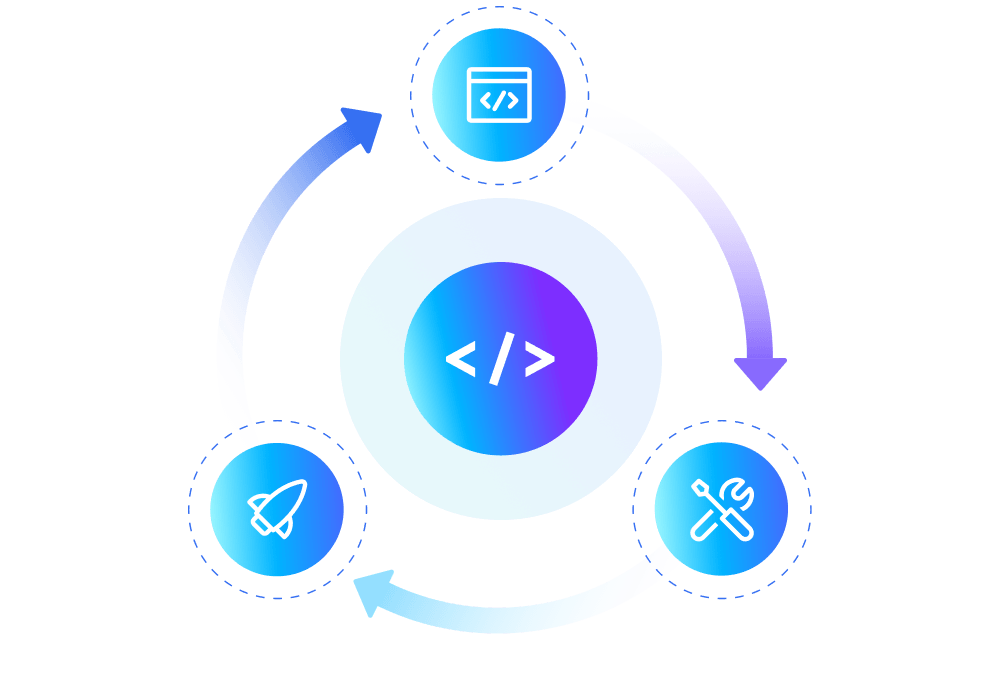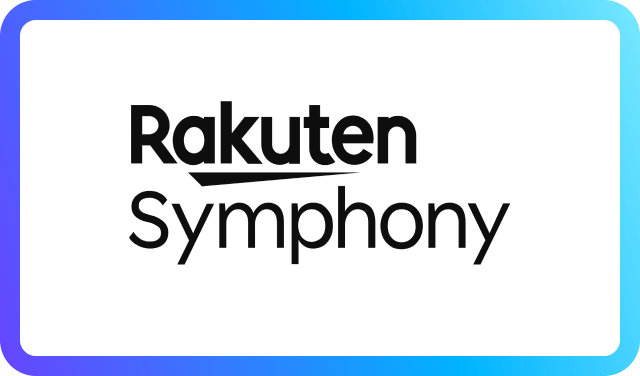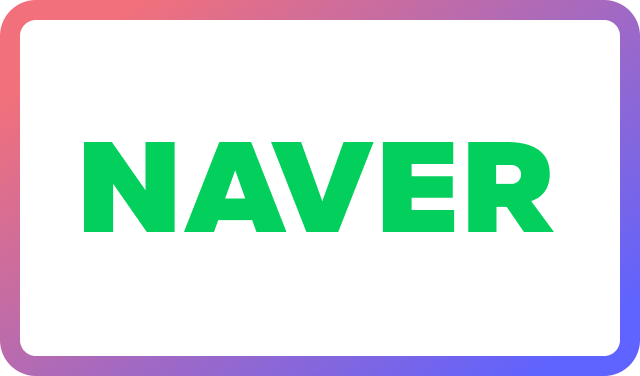What is Milvus?
 Graduate Project
Graduate ProjectMilvus is an open-source vector database built to handle billions of vectors and powers the largest AI applications in the world.


Built on a vibrant and growing community
41K+
GitHub stars
4,000+
Community
100M+
Downloads
300+
Contributors

How does Milvus work?
Coordinator Services
Orchestrate load balancing and data management through coordinators, ensuring efficient data, query, and index management.
Access Layer
Handles external requests using stateless proxies to manage connections, perform verifications, and balance load.
Worker Nodes
Executes tasks as scalable pods by implementing coordinator commands, enabling dynamic adjustment for changing data, query, and indexing demands.
Storage Layer
Ensures data persistence through three components: meta stores, log brokers and object storage.

Why Milvus?
Milvus is a cloud-native, open-source vector database powering Zilliz.
Scale as needed
Handles billions of vectors through its distributed architecture, separating storage and compute. Its microservice design allows scaling specific functions, optimizing resource use as you grow.
Learn more
High Performance
Milvus offers diverse index types (HNSW, DiskANN, Quantization, Binary, etc.) and hardware-optimized designs for both CPU and GPU. This ensures fast vector retrieval with high recall across various use cases.
Benchmark
Full Lifecycle Support
Milvus offers three deployment models with a unified API: Lite for prototyping, Standalone for testing and small-scale production, and Distributed for large-scale production—enabling seamless scaling without code rewrites.
Learn more
Feature Rich
Supports multiple search types (top-K & Range ANN, sparse & dense, multi-vector, grouping), metadata filtering, and multi-tenancy. It includes admin tools and integrates with various AI tools and models.
Explore Milvus Notebooks

Build AI Applications with your Favoriate Tools
Want to save time and money running Milvus?
Every Zilliz Cloud cluster runs Milvus under the hood. Let us choose the right indexes, manage Milvus upgrades, scale automatically for you, and more.
Get Started Free







